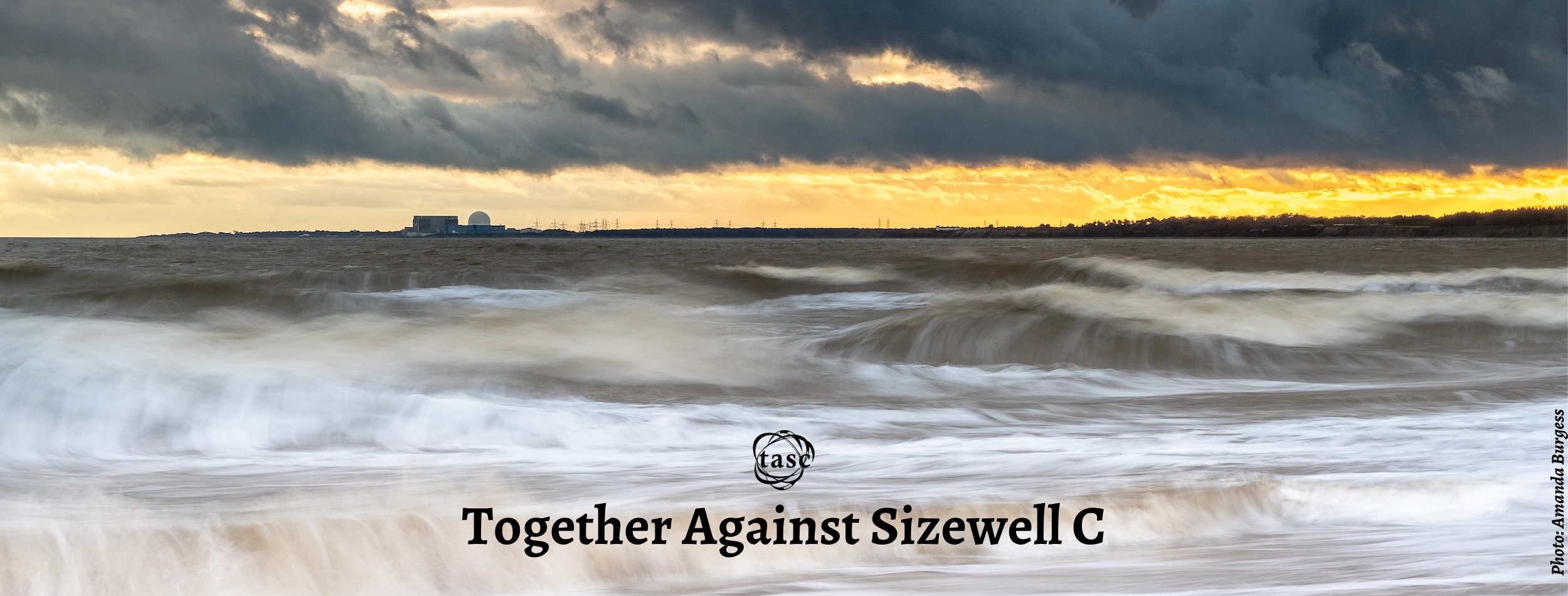
No nuclear power station has ever been built anywhere in the world without the investment of public money at some stage.
Cost of new Sizewell C nuclear plant put at £20bn
FINANCIAL TIMES 25/06/20
Nuclear power stations are fiendishly expensive to build. Despite the UK government’s original promise in the early days of what Tony Blair called the ‘nuclear renaissance’ that new nuclear plants would be built without public subsidy, the gloss of EdF’s EPR design has gradually been dulled into a familiar narrative: it’s the taxpayer whom government is now thinking about being burdened with financing EdF’s nuclear ambitions in the UK through a scheme known as ‘regulated asset base’ – RAB for short, ‘rob’ in the vernacular, because that is just what EdF is hoping the government will approve: a programme to rob UK tax payers of an estimated £12 a year on all electricity bills, supplemented by government grants and guarantees which you all pay for so that EdF can fleece UK electricity consumers for over-priced electricity while destroying the east Suffolk environment and turning a peaceful rural environment into urbanised anonymity.
But the costs don’t stop there. EdF’s latest figure for the cost of building Sizewell C is £20bn, that’s an increase of £2bn on the cost EdF predicted after its claim that it could undercut the cost of building the Hinkley plant (£22bn) by 20% but with rising costs in materials, who knows what the final cost will be. Further cost over-runs, for which the nuclear industry is renowned, will also have to be picked up by the public purse, as will the imponderable costs associated with any accidents involving the plant once or if it becomes operational. So the building and operation of the plant, should it go wrong, puts bill-payers in the firing line, but what about the waste? The so-called ‘back end’ of the nuclear fuel cycle – the management of the highly radioactive and intensely hot spent nuclear fuel which remains lethal for centuries – is as much a mystery to the nuclear industry and government as it is to anyone. What cladding will be used for the thousands of spent fuel rods, where the repository will be located, how deep it will be, what problems will be encountered along the way and what remedial action may have to be taken in the event of the repository leaking or being unable to contain and ‘isolate’ the radioactivity are all unknowns and unknowns bring financial uncertainty. All that can be said is that the costs will be massive and it’ll be you the consumer who will ultimately bear those costs.
EdF can only continue operating because it is largely state-owned. In 2016, the company itself was in debt by an estimated Euros 37 billion. The cost of updating France’s domestic fleet of ageing EdF nuclear plants was an estimated Euros 55 billion and its long-term decommissioning costs are an estimated Euros 100 billion. Four years later, EdF is still trying to finalise construction of its Flamanville plant which is running a decade behind schedule, and is now expected to cost Euros 12.4 billion euros (although the French public audit body puts the figure at a staggering Euros 19.1 bn) while EDF just doesn’t seem to be able to complete construction of its Finnish EPR plant at Olkiluoto which has also suffered years of delays and budget over-runs. In partnership with the Chinese company CGN, EdF has now taken on the mammoth task of building Hinkley Point C at a recently updated cost of circa £22 billion and wants to extend its debts still further by building Sizewell C at £20 billion. EdF’s financial outlook is so disastrous that its financial director resigned in 2016.
Nuclear power is an open pit into which the government seems to be prepared to throw endless amounts of money – your money – for the benefit of the French nuclear industry. Costs stopped the Thatcher government building one Pressurised water Reactor a year in the 80’s as was her improbable programme. Costs – and your opposition – will stop the EPR programme as well.

